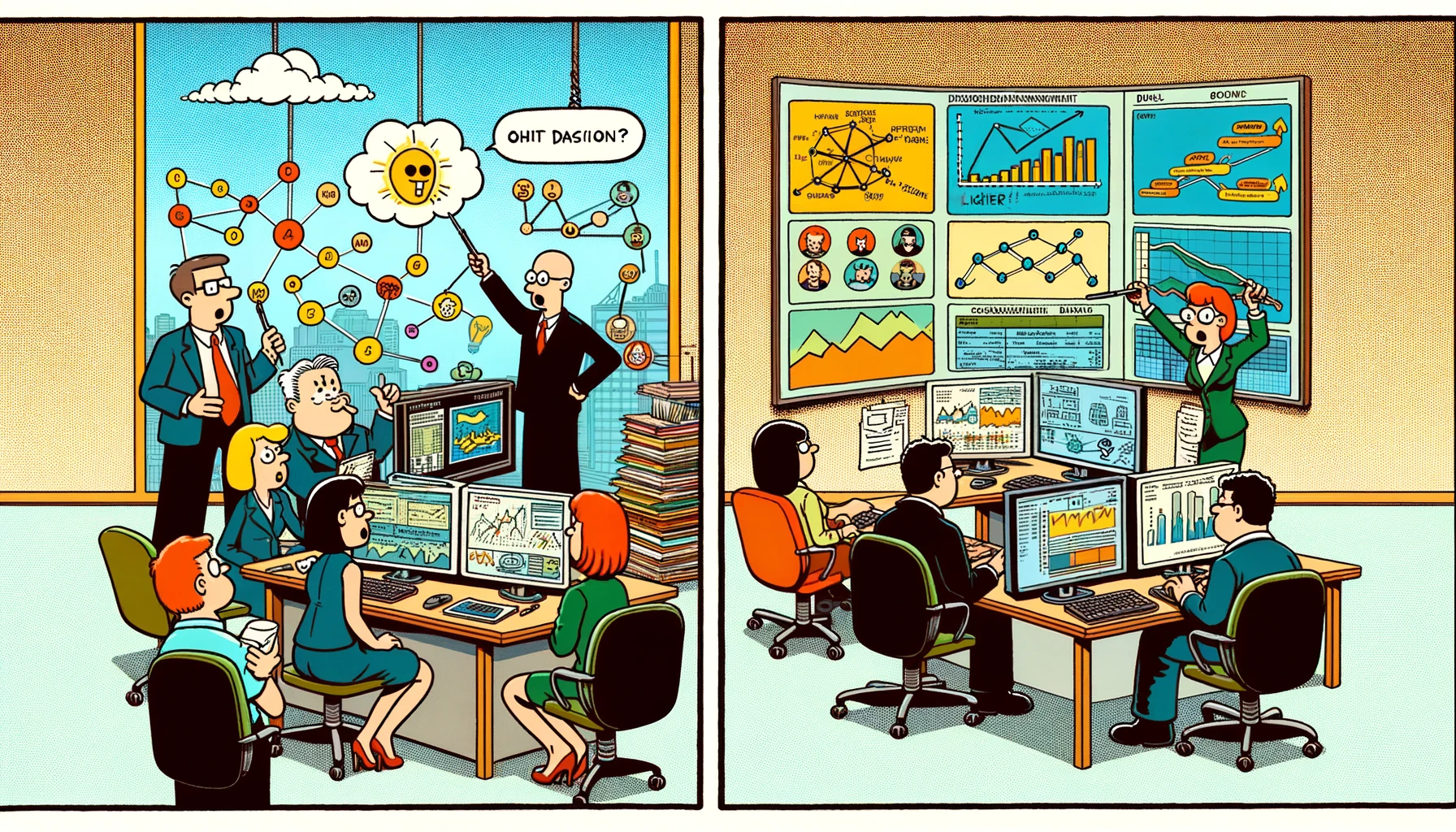
Blog post
Why HR Needs to Banish the Bell Curve
We’ve been thinking about talent the wrong way.

When companies run performance reviews, they produce a bell curve of manager ratings.
This bell curve—known as a “normal distribution”—shows most employees as average, or “Meeting expectations.” A smaller number of employees fall to the left or right. They may get a “Needs Improvement” rating, making them candidates to be exited from the company. Others may be “Exceeding expectations.” They’re more likely to get promotions and rewards.

Bell curves are what you get when you measure additive variables. These are variables that don’t affect one another, like height, or IQ. In the early days of performance reviews, a bell curve made a lot of sense. Work was solitary and repetitive.

But today’s work is different. It happens in networks, using tools like Slack, Teams, and Zoom. It’s collaborative and creative. Does a bell curve still make sense?
Talent follows a power law
There’s a secret about talent management that HR doesn’t understand, but academic researchers do: talent follows a power law.

Why is this? Because work today isn’t solitary or repetitive—it’s creative and team-driven. There’s a lot of variability in how employees plan a marketing campaign or design a new software feature.
That means we’re not measuring additive variables anymore, but multiplicative ones. That’s why we have “10X” software engineers. Or account executives who 3X their quotas and find time to lift the rest of the team up too.
You can test this for yourself. Think of 8-10 people who you work with. My bet is that there are one or two of them who are so amazing, you wish you could clone them. That’s the power law of talent.
We’ve been thinking about talent the wrong way
Manager-driven performance reviews aren’t built for this new world of work. One reason is that 10X employees create a lot of their value by helping the people around them. Managers often lack the visibility to see this.
But here’s the bigger problem: the bell curve measures manager ratings, not actual performance.

By squashing the power law into a bell curve, we hide the true impact that top and bottom performers make. And we make many of our talent decisions with this misconception at the core.
That includes compensation, which under-rewards top performers and over-rewards bottom performers. Interestingly, in jobs where performance is both measured and transparent, compensation tends to follow a power law. That’s why a superstar like Stephen Curry makes $52 million per year, compared to the median NBA player who makes “just” $4.3 million.
Maybe it’s time to start treating our 10X employees like the superstars that they are.
Latest posts

Ready to see Confirm in Action?
See why forward-thinking enterprises use Confirm to make fairer, faster talent decisions and build high-performing teams.









